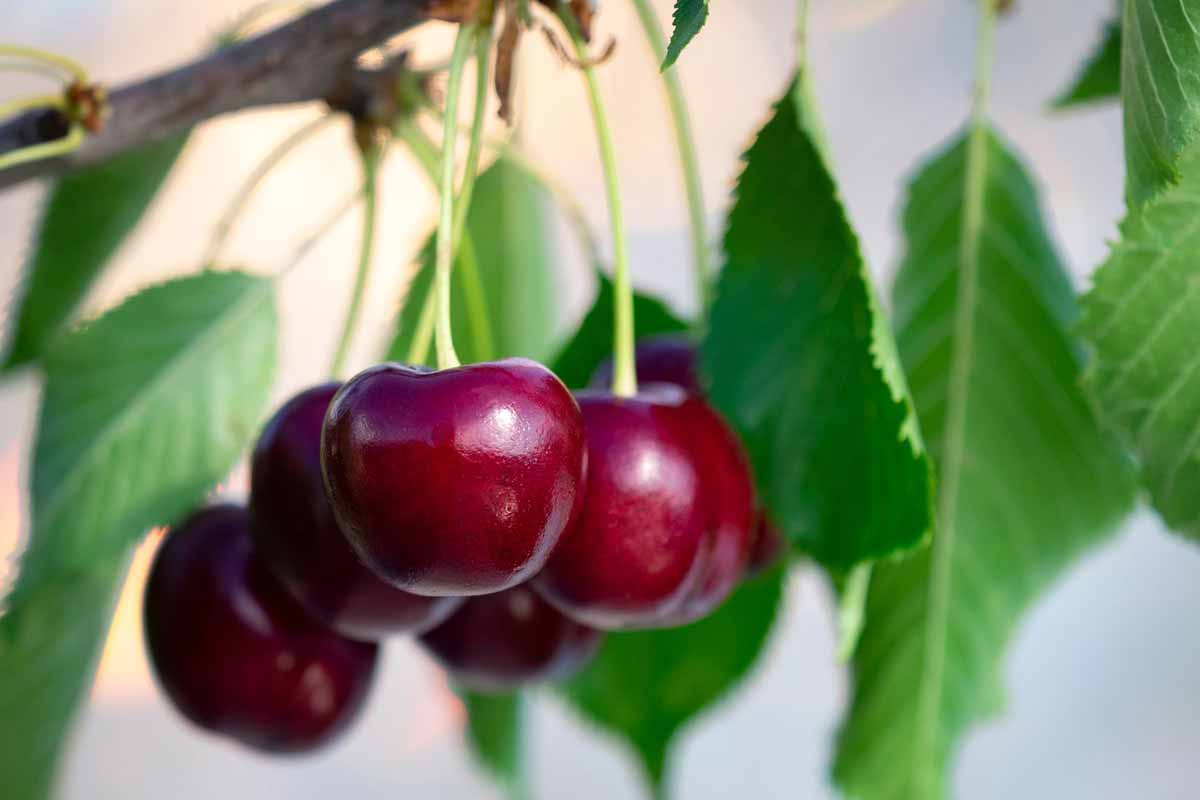Small, hard, and often ignored, a pit can unlock a backyard harvest. Start with a fresh cherry seed, a clean rinse, and a clear plan. Grow with patience, because every step matters: cold hours, good soil, steady light, and careful watering. Follow proven tips from growers and researchers; you will raise a vigorous seedling that can flourish at home, and eventually set blossoms before fruiting in late spring and early summer.
From Pit to Seedling Basics You Need
After eating the fruit, save the cherry pit and rinse it thoroughly. Remove every trace of pulp and let it dry completely. Residual moisture invites mold and weak sprouts. Many growers, including Jared Gidley, begin spotless, label seeds clearly, and record dates to guide each careful step forward, consistently.
Cold stratification replicates winter conditions and activates the embryo. Enclose each pit within a dampened paper towel, place it inside a sealed plastic container, and refrigerate it for ten to twelve weeks. Monitor so the towel maintains moisture, avoiding saturation, and replenish hydration when necessary to avoid decay or early emergence.
Following chilling, employ a small container filled with adequately draining potting medium. Place the pit one inch below ground level, hydrate delicately, and locate the vessel in strong sunlight. Keep the substrate consistently damp, never waterlogged. Sprouting may demand numerous weeks or even months, so dedication and continuous, careful daily observation genuinely matter.
Cold Stratification and Early Care for cherry Seeds
Chilling works because dormancy requires sustained cold and gentle moisture. According to grower Jared Gidley, a closed bag prevents drying while a towel limits excess water. If condensation pools, open briefly and blot. If the towel dries, mist it. This tight balance avoids rot while signaling winter has safely passed.
When a root tip appears, plant immediately so fragile tissues do not curl or desiccate. Set the seed horizontally, cover lightly, and press soil for contact. Place in a warm, bright window or under LEDs. Water thoroughly, then let the top inch dry slightly before repeating to strengthen early roots.
Young seedlings are vulnerable to damping-off. Use clean pots, sterile mix, and a small fan for airflow during daytime. Avoid rich fertilizer until several true leaves form; feed lightly afterward. Up-pot gradually rather than jumping sizes, because steady root expansion supports balanced shoots and stronger stems over time.
Genetics, Pollination, and What Seedlings Become
Seedlings are genetically mixed, not copies of the parent fruit. As horticulturist Marvin Pritts of Cornell University explains, the pollen donor is often unknown unless the source was a self-pollinating variety. Even then, gene shuffling produces new traits, so color, flavor, vigor, bloom time, and disease responses frequently shift unpredictably.
For fruit crops, offspring often rank below either parent for flavor or firmness. That reality explains why orchards rely on vegetative clones of elite selections. Breeders review more than ten thousand seedlings to find one superior plant. Growing cherry from seed remains joyful because each sprout expresses a unique combination.
Plan on a long runway. Trees usually need seven to ten years to mature. Occasionally, a few bear in four to five. Expect surprises along the way. You may gain fragrant spring blossoms, sturdy branches, or adventurous flavors, while learning care that benefits every future tree you decide to raise.
Transplanting Outdoors: Right Time and Site for cherry
Most varieties handle outdoor conditions in zones five through nine. Beyond those, long-term success usually requires containers moved indoors for fall and winter. Transplant outside after frost risk ends and the seedling stands at least twelve inches tall. Begin hardening off for one to two weeks so leaves adjust gradually.
Select a location with rapid drainage and complete sunlight for six to eight hours. Provide ample space for mature dimensions and canopy. Your cherry compensates deliberate positioning with robust framework and diminished ailments, since dry foliage, consistent illumination, and circulating atmosphere minimize pressure while promoting solid timber and fruitful nodes.
Excavate a cavity twice as broad and as deep as the container. Adjust only if substrate drains sluggishly. Position the root collar at surface level, refill, then irrigate to compact substrate. Apply two to three inches with wood fragments or shredded bark, maintaining it several inches from the trunk.
Containers, Varieties, and Smart Seeds for Your Climate
For containers, choose a pot eighteen to twenty inches in diameter with generous drainage holes. Extended cultivation succeeds optimally with compact or moderately compact selections. Occupy a few inches beneath the edge with adequately draining mixture. Target slightly acidic to neutral pH, between 6.0 and 7.0, then hydrate thoroughly following installation.
Place the container where sunlight shines six to eight hours each day. Center the seedling with its root flare level at the surface, and firm the mix. Soaking pits before preparation helps remove clinging pulp. For hard shells, soaking softens the coat so tender roots emerge more easily.
Source pits locally through farmers’ markets suited to your climate; supermarket fruit may be treated or mismatched. Sweet ‘Bing’ and ‘Rainier’ prefer temperate zones, while tart ‘Montmorency’ endures colder territories. Install during early spring following frost, or late autumn where winters remain temperate. Recently harvested fruit enhances germination; refrigeration may diminish viability.
Why patience and small habits deliver future harvest
Success grows from steady attention more than secret tricks. Clean preparation, real winter hours, thoughtful transplanting, and climate-smart choices compound quietly. You may wait years before your cherry tree fruits, yet each step builds better instincts. Maintain a basic record, capture images, and modify irrigation with climate patterns. As roots extend and limbs fortify, flowers, canopy, and harvests of fruit will emerge. Patience today sets the stage for reliable harvests tomorrow.
